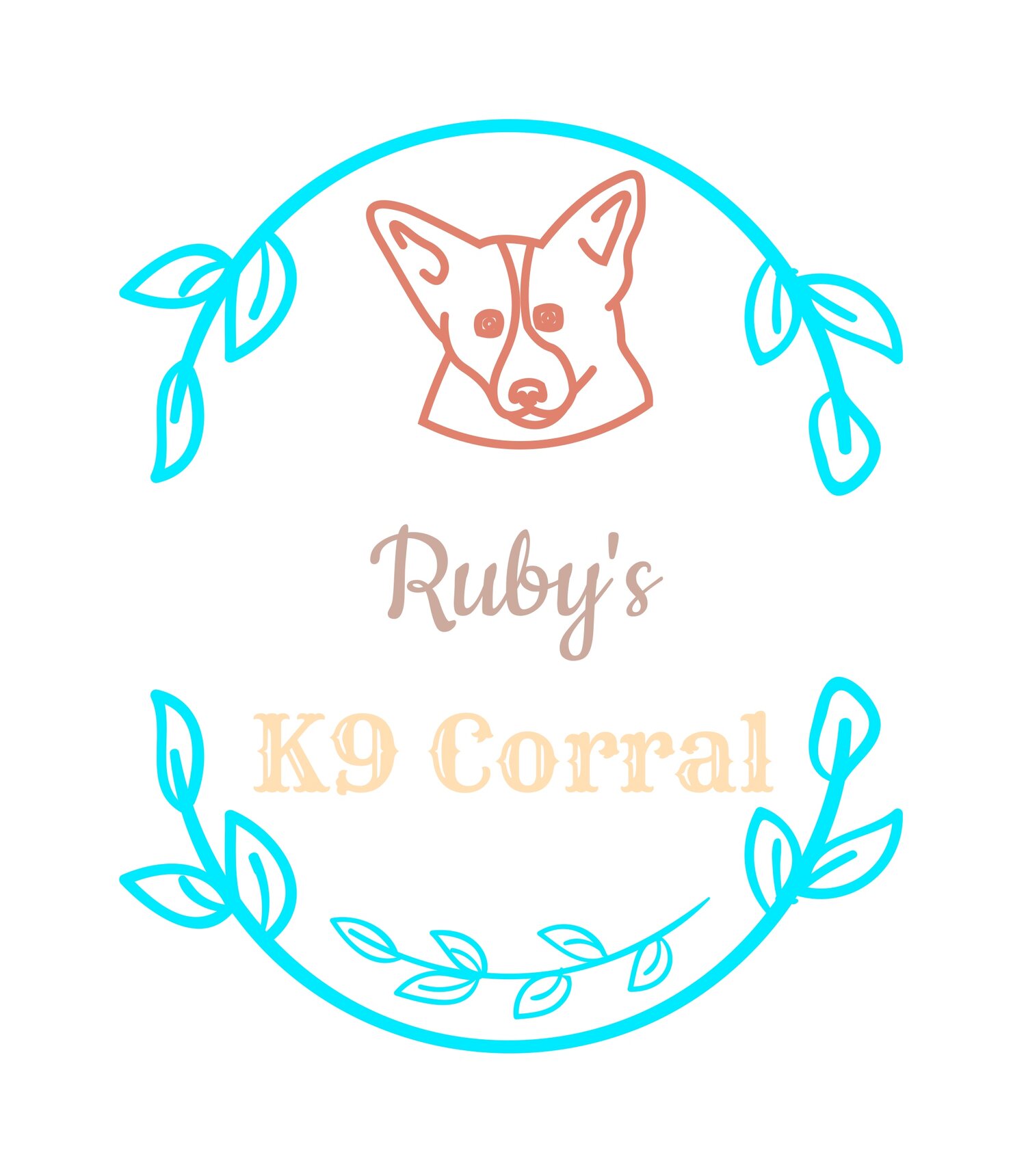Back-to-School Tips for Dog Owners: Helping Your Pup Adjust to New Routines
As summer winds down and school bells ring, the shift in routine can be just as challenging for our furry friends as it is for us. Dogs thrive on consistency and may feel anxious when their environment changes. Here are some strategies to help your dog adjust to the back-to-school routine and reduce any separation anxiety they might experience.
1. Gradually Adjust Routine
Start Early:
Begin altering your schedule a couple of weeks before school starts. If your dog is accustomed to morning playtime or walks, slowly shift these activities to times that will work during the school year. This gradual adjustment helps your dog acclimate without sudden changes.
Stick to a Schedule:
Dogs find comfort in routine. Feed, walk, and play with your dog at the same times each day to create a predictable environment, making the transition smoother.
2. Create Positive Associations
Engage with Playtime:
Set aside time for focused play or exercise before leaving for the day. A tired dog is less likely to experience anxiety. Activities like a brisk walk or a game of fetch can help burn off excess energy.
Interactive Toys:
Give your dog something to do while you're away. Treat-dispensing toys or puzzle games can keep them engaged and occupied, reducing boredom and anxiety.
3. Minimize Separation Anxiety
Practice Short Departures:
Start by leaving your dog alone for short periods and gradually increase the duration. This practice helps them understand that you will always come back.
Leave Comfort Items:
Items that smell like you, such as a worn t-shirt, can be comforting for your dog. Their favorite blanket or toy can also serve as a source of comfort.
Music and TV:
Leave the radio or TV on a low volume to provide a soothing environment. Some pet-specific playlists or channels are designed to keep dogs calm.
4. Safe and Cozy Environment
Create a Safe Space:
Designate a cozy spot for your dog to relax. This could be a crate, a specific room, or a corner with their bed and toys. Ensure it's a quiet and comfortable area where they can feel secure.
Positive Reinforcement:
When you return home, greet your dog calmly. If you make a big fuss, it can reinforce their anxiety. Instead, reward them with attention and treats once they've settled down.
5. Seek Professional Help if Needed
Training and Behavior:
If your dog's anxiety persists, consider consulting a professional dog trainer or behaviorist. They can provide tailored strategies to address your dog's specific needs.
Veterinary Consultation:
In some cases, anxiety may require medical intervention. Speak with your veterinarian about options such as supplements or medication that can help manage your dog's anxiety.
Adjusting to a new routine can be challenging for both dogs and their owners. By implementing these strategies, you can help your dog transition smoothly and reduce separation anxiety. Remember, patience and consistency are key. With a little effort, your furry friend will soon adapt to the back-to-school routine, and both of you can look forward to a happy, stress-free season.
---
For more tips and advice, stay tuned to Ruby's K9 Corral blog, your go-to source for all things canine!
